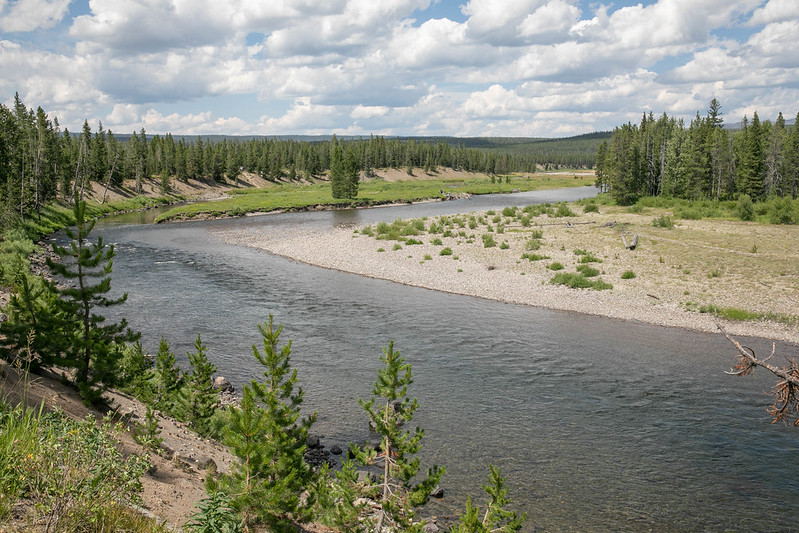Developing a baseline understanding of gill lice distribution, prevalence, and infestation intensity in the Upper Snake River Watershed

Published 2020-12-15
Abstract
Climate change is altering temperature, precipitation, and snowpack dynamics, which will affect aquatic ecosystem thermal and flow regimes. Pathogens are an emerging threat that also has the potential to interact with climate change to affect fish population dynamics. Our research addresses: 1) What species of gill lice are present within the USR, 2) What is their distribution, prevalence, and infection intensity, and 3) Does gill lice infestation negatively affect metrics of fish condition? During 2020 and 2021, our team observed gill lice on 307 out of 7,255 fish inspected. Of twelve species inspected, gill lice were only observed on Snake River Cutthroat Trout and Mountain Whitefish. Our preliminary results suggest that the current distributions of gill lice within USR is primarily limited to the Snake River and immediately adjacent tributaries and infection prevalence and intensity remain low. While conditions in the USR have not reached the level of concern observed in other locations, a greater understanding of what factors could increase the extent and intensity of gill lice is needed to develop management strategies to improve the resilience of fish populations and communities to multiple stressors, including climate change, non-native species, and emerging pathogens.
Featured photo by Yellowstone National Park on Flickr (https://flic.kr/p/2h6Zmfw).
